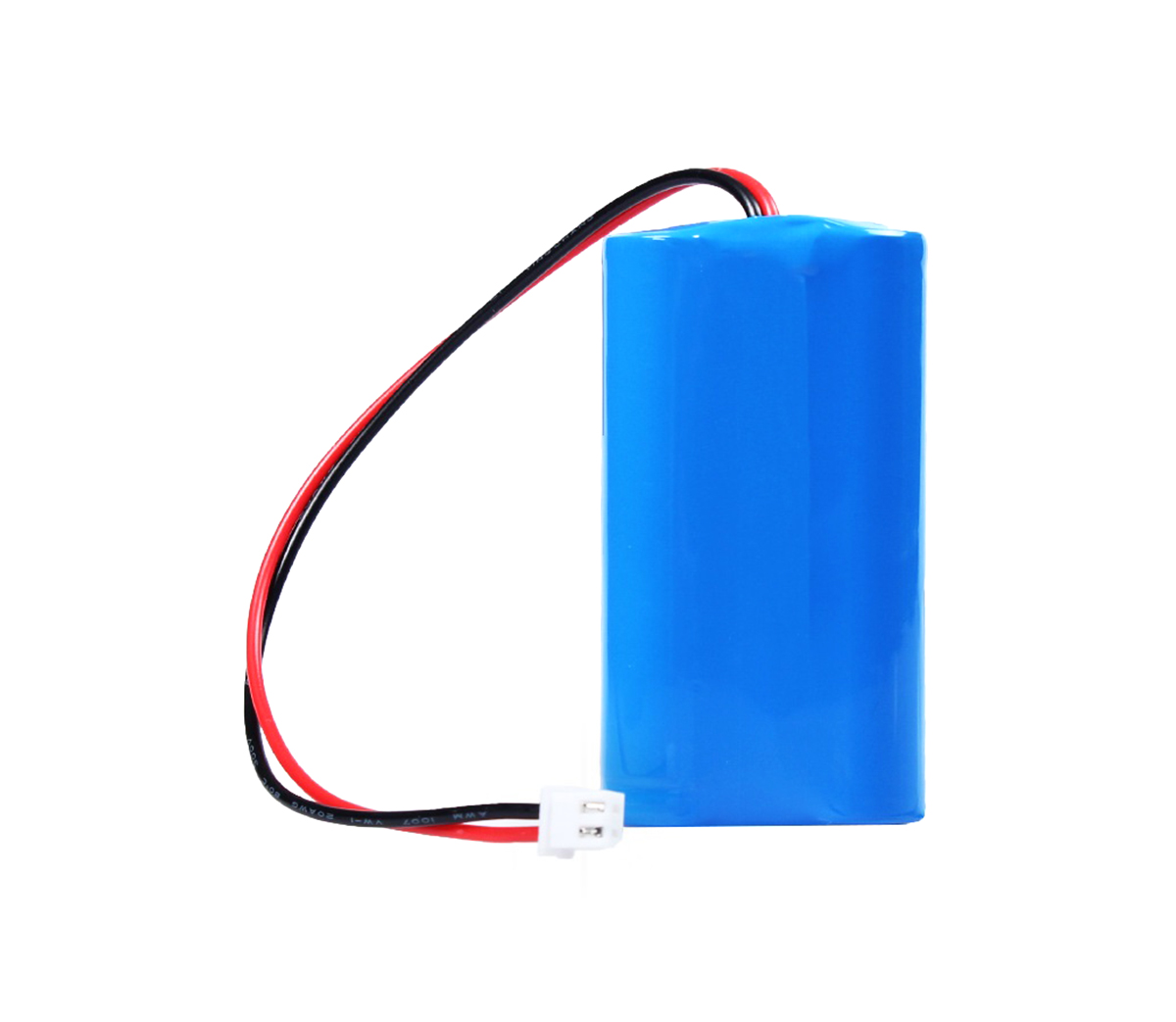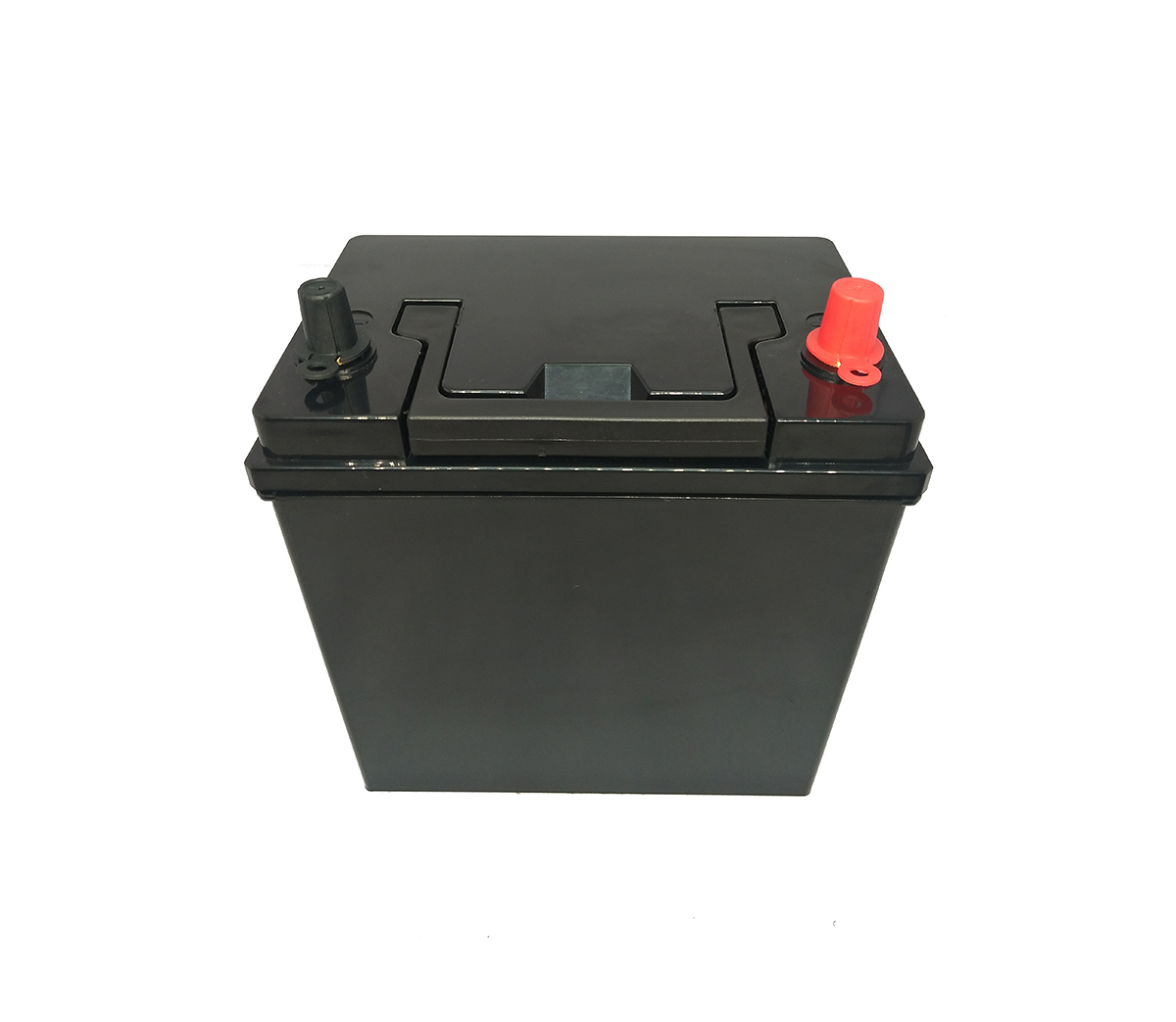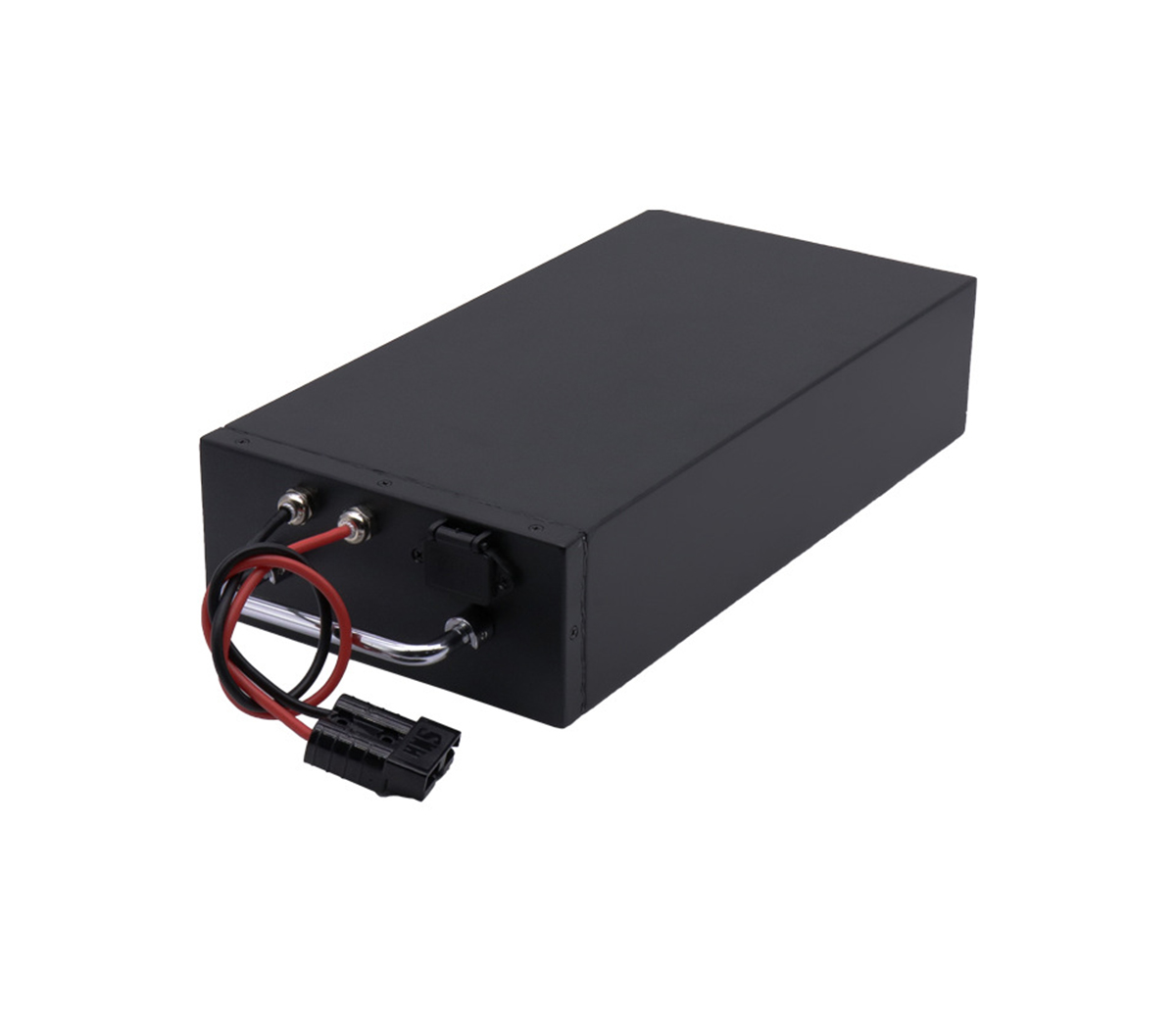The latest research progress of nickel-cobalt-manganese ternary materials
for lithium batteries
Nickel-cobalt-manganese ternary material is a new type of lithium-ion
battery cathode material developed in recent years. It has important advantages
such as high capacity, good cycle stability, and moderate cost. This type of
material can effectively overcome the high cost of lithium cobalt oxide
materials at the same time. , The stability of lithium manganate materials is
not high, and the capacity of lithium iron phosphate is low. Successful
applications have been achieved in batteries, and the application scale has been
rapidly developed.
It has been found that the ratio of nickel, cobalt and manganese in the
nickel-cobalt-manganese ternary cathode material can be adjusted within a
certain range, and its performance varies with the ratio of
nickel-cobalt-manganese. Therefore, in order to further reduce high-cost
transition metals such as cobalt and nickel And the purpose of further improving
the performance of cathode materials; countries around the world have done a lot
of work in the research and development of ternary materials with different
nickel-cobalt-manganese compositions, and a number of different
nickel-cobalt-manganese compositions have been proposed. Ternary material
system. Including 333,523,811 systems and so on. Some systems have successfully
realized industrialized production and application.
1 Structure characteristics of nickel-cobalt-manganese ternary cathode
materials
Nickel-cobalt-manganese ternary materials can usually be expressed as:
LiNixCoyMnzO2, where x+y+z=1; according to the different molar ratios of the
three elements (x:y:z ratio), they are called different systems, such as A
ternary material with a molar ratio of nickel, cobalt and manganese (x:y:z) of
1:1:1 in the composition, referred to as type 333 for short. The system with a
molar ratio of 5:2:3 is called the 523 system and so on.
Generally speaking, the higher the content of active metal components, the
greater the capacity of the material, but when the content of nickel is too
high, it will cause Ni2+ to occupy the Li+ position, which will aggravate the
mixing of cations and reduce the capacity. Co can inhibit the mixing of cations
and stabilize the layered structure of the material; Mn4+ does not participate
in the electrochemical reaction, which can provide safety and stability while
reducing costs.
2 The latest research progress in the preparation technology of
nickel-cobalt-manganese ternary cathode materials. Solid-phase method and
co-precipitation method are the main methods of traditional preparation of
ternary materials. In order to further improve the electrochemical performance
of ternary materials, the solid phase method and co-precipitation method are
improved At the same time, new methods such as sol-gel, spray drying, spray
pyrolysis, rheological phase, combustion, thermal polymerization, template,
electrospinning, molten salt, ion exchange, microwave assist, infrared assist,
ultrasonic assist, etc. have been proposed.
2.1 Solid phase method
The founder of ternary materials, OHZUKU, initially synthesized 333
materials by solid-phase method. Because traditional solid-phase methods only
use mechanical mixing, it is difficult to prepare ternary materials with uniform
particle size and stable electrochemical performance. For this reason, HE, etc.,
LIU, etc. use low-melting nickel, cobalt and manganese acetate, roasted at a
temperature higher than the melting point, the metal acetate becomes a fluid
state, the raw materials can be mixed well, and a certain amount of oxalic acid
is mixed in the raw materials to relieve agglomeration. Out of 333, scanning
electron microscopy (SEM) shows that its particle size is evenly distributed
around 0.2-0.5μm, and the first-cycle discharge specific capacity of 0.1C
(3-4.3V) can reach 161mAh/g. TAN and others use nanorods as manganese sources to
prepare 333 particles with a uniformly distributed particle size of
150-200nm.
The primary particle size of the material prepared by the solid phase
method is 100-500nm, but due to high-temperature calcination, primary
nanoparticles are easily agglomerated into secondary particles of different
sizes. Therefore, the method itself needs to be further improved.
2.2 Co-precipitation method
The co-precipitation method is based on the solid-phase method. It can
solve the problems of uneven mixing and excessive particle size distribution in
the traditional solid-phase method. It can be controlled by controlling the
concentration of raw materials, the dropping rate, the stirring speed, the pH
value and the reaction temperature Prepare ternary materials with core-shell
structure, spherical shape, nano-flowers and other morphologies and relatively
uniform particle size distribution.
The raw material concentration, dropping rate, stirring speed, pH value and
reaction temperature are the key factors for preparing ternary materials with
high tap density and uniform particle size distribution. LIANG et al. controlled
pH=11.2, complexing agent ammonia concentration 0.6mol/L, and stirred Speed
800r/min, T=50℃, prepared 622 material with a tap density of 2.59g/cm3 and a
uniform particle size distribution (Figure 3), 0.1C (2.8~4.3V) cycle for 100
cycles, the capacity retention rate is as high as 94.7 %.
In view of the high specific capacity of the 811 ternary material (up to
200mAh/g, 2.8~4.3V), the 424 ternary material can provide excellent structure
and thermal stability characteristics. Some researchers tried to synthesize a
ternary material with a core-shell structure (core is 811, shell l is 424). HOU
et al. used distributed precipitation and first pumped 8:1:1 (nickel) into a
continuous stirred reactor (CSTR). Cobalt-manganese ratio) raw material, after
the 811 core is formed, pump the raw material solution with the ratio of
nickel-cobalt-manganese of 1:1:1 to form the first shell layer, and then pump
the original solution with the composition of 4:2:2 Finally, a 523 material with
a core composition of 811 and a double-layer shell with a shell composition of
333 and 424 was finally prepared. Under 4C magnification, the capacity retention
rate of this material after 300 cycles is 90.9%, while that of 523 prepared by
traditional precipitation method is only 72.4%.
HUA et al. used the co-precipitation method to prepare the linear gradient
type 811. From the core of the particle to the surface, the nickel content
decreases successively, and the manganese content increases successively. From
Table 1, it is obvious that the linear gradient distribution of the 811 ternary
material has a large rate of discharge capacity. And the circulation is
obviously better than the 811 type with evenly distributed elements.
Nano ternary materials, with large surface area, short Li+ migration path,
high ion and electronic conductance, excellent mechanical strength, etc. can
greatly improve the battery performance at large rates.
HUA et al. used the rapid co-precipitation method to prepare the
nano-flower-like type 333. The 3D nano-flower-like type 333 not only shortens
the Li+ migration path, but its special surface morphology provides enough
channels for Li+ and electrons, which also It explains well why the material has
excellent rate performance (2.7~4.3V, fast charge at 20C, discharge specific
capacity up to 126mAh/g).
Due to the excellent complexing performance of ammonia and metal ions, the
co-precipitation method generally uses ammonia as a complexing agent, but
ammonia is corrosive and irritating, harmful to humans and aquatic animals, even
at very low concentrations (>300mg/ L), therefore KONG et al. tried to use
low-toxic complexing agent oxalic acid and green complexing agent sodium lactate
to replace ammonia. Among them, sodium lactate was used as a complexing agent to
prepare 523 materials, and its 0.1C and 0.2C performance were superior to
ammonia as a complexing agent. Type 523 prepared by the agent.
2.3 Sol-gel method
The biggest advantage of the sol-gel method (sol-gel) is that the reactants
can be uniformly mixed at the molecular level in a very short time, and the
prepared material has uniform chemical composition distribution, accurate
stoichiometric ratio, small particle size and distribution Narrow and other
advantages.
MEI and others use an improved sol-gel method: add citric acid and ethylene
glycol to a certain concentration of lithium nickel cobalt manganese nitrate
solution to form a sol, and then add an appropriate amount of polyethylene
glycol (PEG-600), PEG is not only used as a dispersion It is also used as a
carbon source to synthesize a 333 ternary material with a particle size
distribution of about 100nm and a carbon-coated core-shell structure. The
capacity retention rate of 100 cycles at 1C is 97.8% (2.8~4.6V, the first cycle
of discharge) Capacity 175mAh/g). Yang et al. investigated the influence of
different preparation methods (sol-gel, solid-phase method and precipitation
method) on the performance of the 424 type. The charge and discharge test
results show that the 424 material prepared by the sol-gel method has a higher
discharge capacity.
2.4 template method
The template method has a wide range of applications in the preparation
of materials with special morphology and precise particle size by virtue of its
spatial confinement effect and structure-oriented effect.
WANG et al. used carbon fibers (VGCFs) as a template (Figure 4), used the
surface of VGCFs—COOH to adsorb metallic nickel, cobalt, and manganese ions, and
calcined at high temperature to prepare nanoporous 333 ternary materials.
On the one hand, the nanoporous 333 particles can greatly shorten the
lithium ion diffusion path, on the other hand, the electrolyte can infiltrate
into the nanopores to increase another channel for Li+ diffusion. At the same
time, the nanopores can also buffer the volume change of the long-cycle
material, thereby improving Material stability. The above advantages make the
333 type to obtain excellent rate and cycle performance on the water-based
lithium-ion battery: 45C charge and discharge, the first cycle discharge
specific capacity reaches 108mAh/g, 180C charge, 3C discharge, cycle 50 cycles,
the capacity retention rate reaches 95% .
XIONG et al. used porous MnO2 as a template and LiOH as a precipitant to
precipitate nickel and cobalt on the pores and surfaces of MnO2. The 333 type
was obtained by high-temperature roasting. Compared with the traditional
precipitation method, the 333 ternary material prepared by the template method
has More excellent rate performance and stability.
2.5 spray drying
The spray drying method is regarded as a method of producing ternary
materials with very broad application prospects due to its advantages such as
high degree of automation, short preparation cycle, fine particles and narrow
particle size distribution, and no industrial waste water generation.
OLJACA et al. prepared a ternary material with a composition of 333 by
spray drying. At a high temperature of 60 to 150 ℃, the nickel cobalt manganese
lithium nitrate is rapidly atomized, the water evaporates in a short time, and
the raw materials are quickly mixed. The final powder is obtained The final 333
ternary material is obtained by firing at 900°C for 4 hours.
OLJACA and others believe that by controlling the temperature and residence
time during the pyrolysis of raw materials, high-temperature roasting can be
greatly shortened or even completely avoided, so as to achieve continuous,
large-scale, and one-step preparation to obtain the final material; in addition,
particle size adjustment can be achieved by controlling the solution
concentration, Factors such as nozzle droplet size. OLJACA and other materials
prepared by this method have a discharge specific capacity of 167mAh/g at 0.2C,
and a discharge specific capacity of 137mAh/g at a high rate of 10C.
2.6 Infrared, microwave and other new roasting methods
Compared with traditional resistance heating, new electromagnetic heating
such as infrared and microwave can greatly shorten the high-temperature baking
time and at the same time can prepare carbon-coated composite cathode materials
in one step.
HSIEH et al. prepared the ternary material using a new infrared heating
roasting technology. First, the nickel, cobalt, manganese, lithium acetate and
water were mixed uniformly, and then a certain concentration of glucose solution
was added. After firing at 900°C (under N2 atmosphere) for 3 hours, a
carbon-coated 333 composite cathode material was prepared in one step. SEM
showed that the particle size of the material was about 500nm with slight
agglomeration. X-ray diffraction (XRD) spectra showed that the material has good
properties. The layered structure; in the voltage range of 2.8~4.5V, 50 cycles
of 1C discharge, the capacity retention rate is as high as 94%, the first cycle
discharge specific capacity is 170mAh/g (0.1C), 5C is 75mAh/g, and the high rate
performance needs to be improve.


































